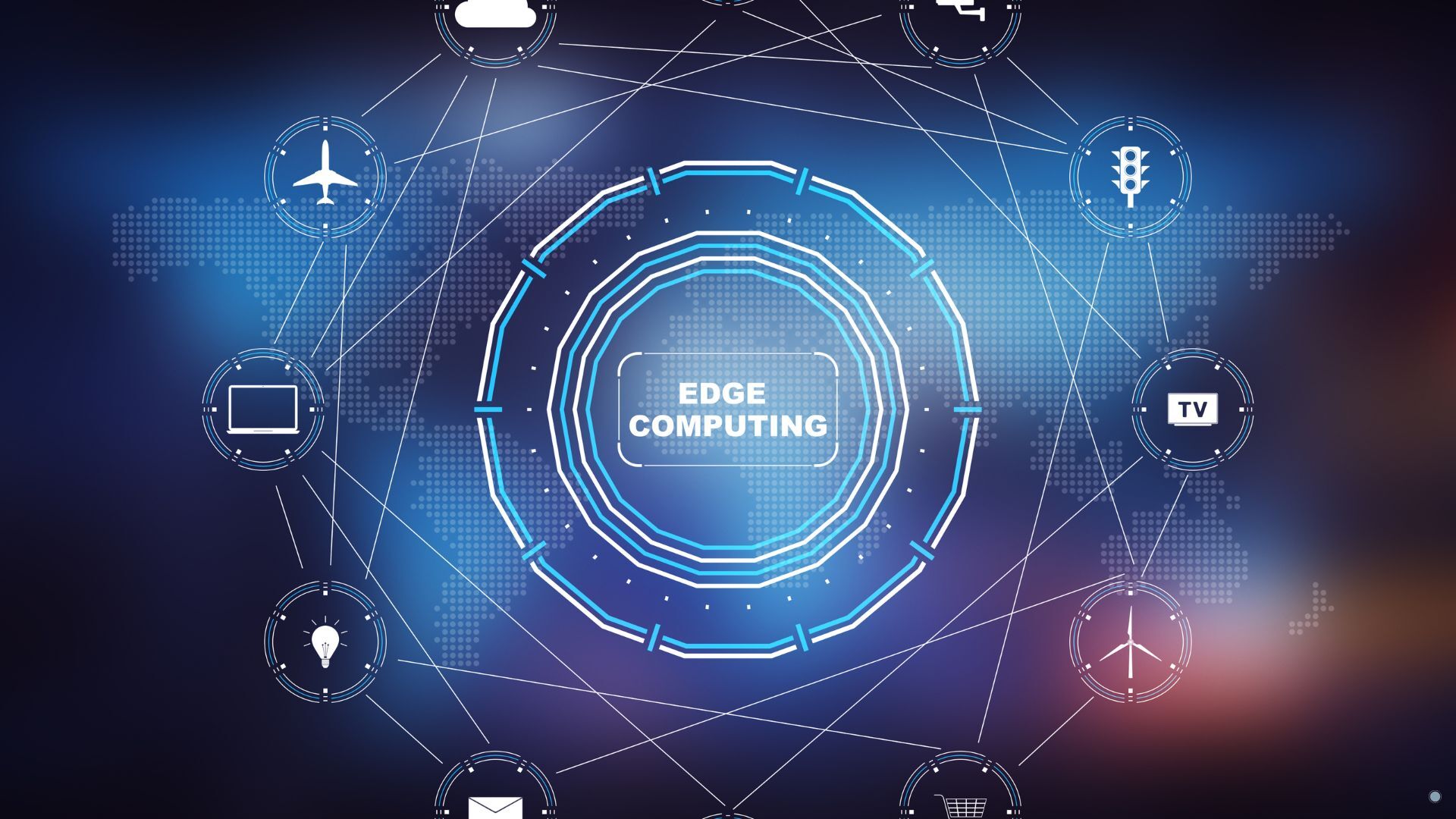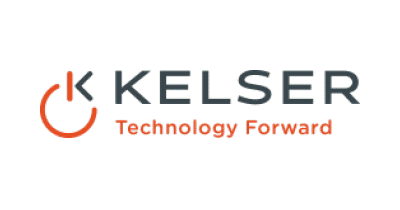What Is Edge Computing? Pros & Cons Of Adopting An Edge Infrastructure
You may have heard the term “edge computing” and are wondering if it can help your business in some way.
Edge computing falls under the umbrella of cloud computing. The main difference between the two is that edge computing is a type of cloud computing that brings network computing resources closer to the physical source where the data originates.
Edge computing uses a decentralized system to connect your on-premises or cloud servers to devices at the "edge" or periphery of your network.
Cloud computing, on the other hand uses, centralized cloud servers, reducing the dependence on on-premises servers for data storage and processing.
In this article, we’ll outline some of the key advantages and disadvantages of edge computing and detail the industries that would benefit the most from an edge solution. We'll also outline some key pros and cons of edge computing.
With this information, you’ll be able to determine if adopting an edge computing strategy is right for your business.
What Is Edge Computing And How Does It Differ From Cloud Computing?
As its name suggests, edge computing brings your data processing and storage close to the physical source rather than sending it to a centralized cloud. This means you can work, even with limited or no internet connection.
With cloud computing, the computing services—including data storage, servers, and networking—are delivered through a data center, requiring a high-speed internet connection.
Since cloud computing uses a pay-as-you-go or subscription model, businesses don't have to spend a lot of money on hardware and infrastructure upgrades.
The way edge computing works is that the edge devices act as local servers to collect, analyze, and transmit data. That data is processed in real time using local resources (called edge nodes), such as smart gateways, local servers, or in some cases, the device itself.
Edge devices are often paired with Internet of Things (IoT) devices. These are physical devices embedded with sensors or software to connect to the internet.
Related Article: How An Endpoint Detection And Response System Can Stop A Cyber Attack
IoT devices generate data that is then collected and processed by the edge devices locally, with only the most important information being sent to the cloud. The data is stored temporarily until an internet connection becomes available, when it can then be synced with the cloud.
This speeds up real-time data analysis, allowing for faster decision-making.
Examples of IoT devices include:
- security cameras
- industrial sensors
- smart lighting
- switches
- medical devices
What Are The Advantages Of Edge Computing?
A growing number of organizations are adopting edge computing infrastructures for several reasons.
They include:
1. Faster Speeds & Reliability
- The main advantage of an edge infrastructure is faster data processing speeds since the data doesn’t have to travel that far. This is particularly beneficial for applications needing real-time responses.
- High processing speeds are not slowed down by data transfer rates.
2. Increased Efficiency
- Since it reduces latency for end users sending and receiving data, it improves network performance and uses resources more efficiently.
- With data being processed locally, less data needs to be sent to your centralized server. This eliminates bandwidth issues and the reliance on internet connections.
3. Reduced Bandwidth Costs
- Edge computing helps reduce bandwidth costs because all of your data isn’t being sent to the cloud. Instead, the edge nodes scan your data and only transmit necessary information to the cloud, reducing data transfer costs.
4. Data Ownership
- Since the data is housed solely within your network, you maintain complete control and ownership of your data.
What Are The Disadvantages Of Edge Computing?
1. Higher Costs
- On average, edge computing is generally more expensive to implement than cloud computing, especially in the initial set up phase. That’s because cloud computing often uses a pay-as-you go pricing structure, while edge computing has significantly higher upfront costs for required hardware and software.
- The additional hardware will also drive up costs to manage and maintain all of that equipment.
2. Increased Complexity
- Because of all the different edge devices that are needed, edge computing can be much more complicated to implement, adding to your upfront costs to design and build out your system.
3. Additional Security Risks
- More hardware means more opportunities for threat actors to exploit a weakness in your IT environment. Because you now have to secure more data at the edge, this can allow malicious actors to launch a malware or ransomware attack.
- Those hidden security flaws could also lead to a data breach in which your data could be stolen or compromised. If that happens, bad actors could potentially use the information to spread the attack to your customers, vendors, and partners.
Related Article: What Does Vulnerability Scanning Tell You About Your Network Security?
Which Industries Benefit The Most From Edge Computing?
In environments where processing data in "real time" is required, edge can be a great solution. Auto manufacturers, industrial companies, healthcare providers, transportation companies, and retailers are just a few industries that could benefit from edge computing.
Here are several real-world examples of how edge computing is used:
- Healthcare organizations use the technology for remote patient monitoring, medical imaging, and real-time data analysis for faster patient diagnoses and treatment.
Related Article: New Proposed HIPAA Rule Change: What Healthcare Providers Need To Know
- Casinos often use edge computing to process security camera data using artificial intelligence (AI).
- Retailers integrate “smart shelves” to track customer behavior and for inventory management.
- Industrial suppliers incorporate edge sensors within their automation for improved quality control, proactive maintenance, and improved resource allocation.
Keep in mind that businesses with a more traditional office-based environment would likely not benefit from edge computing. That’s because these types of businesses rely heavily on centralized local applications and cloud-based applications.
How Can An MSP Help You Develop An Edge Infrastructure?
A managed IT service provider (MSP) can design and implement an edge computing solution tailored to your business.
With managed IT, you gain a deep bench of IT professionals with the expertise to evaluate your business structure and IT challenges to determine if an edge system is the right fit for your business.
An MSP can offer:
- Proactive maintenance and management of your systems: MSPs deliver reliable service and support to keep your devices functioning at peak performance.
- Mobile device management: Ensures that edge devices are configured properly and securely.
- Seamless integration: Ensures that edge tools are integrated into your infrastructure as smoothly as possible.
- Cost savings: With an MSP, you instantly gain an entire team of skilled IT professionals who can design and implement an edge solution.
- Managed network monitoring: Provides real-time monitoring and visibility into your network and devices to quickly detect and remediate any abnormalities or potential threats.
Related Article: What Is Networking as a Service (NaaS)? 6 Benefits To SMBs
- Advanced cybersecurity: An MSP uses robust cybersecurity tools and systems to ensure your network stays available, efficient, and secure.
The Bottom Line: Adopting Edge Computing For Your Business
After reading this article, you now understand that edge computing can greatly improve operational efficiency. You also know, however, that it’s not the right fit for everyone.
As a trusted managed IT services provider based in Glastonbury, Conn., at Kelser, we’ll work with you to gain an understanding of your business to see if edge computing might be right for your business.
If so, we can design an edge computing solution that best suits your needs and budget. If not, we can offer expert guidance to help you compare your options for alternative solutions.
Over our more than 40-year history, Kelser has provided strategic guidance to many business owners like you to help them choose the best data storage and processing solution for their business. If you need help comparing your options and costs, reach out now.
One of our IT experts will reach out to learn more about your business, your IT challenges, and your business goals to see how we can help.




